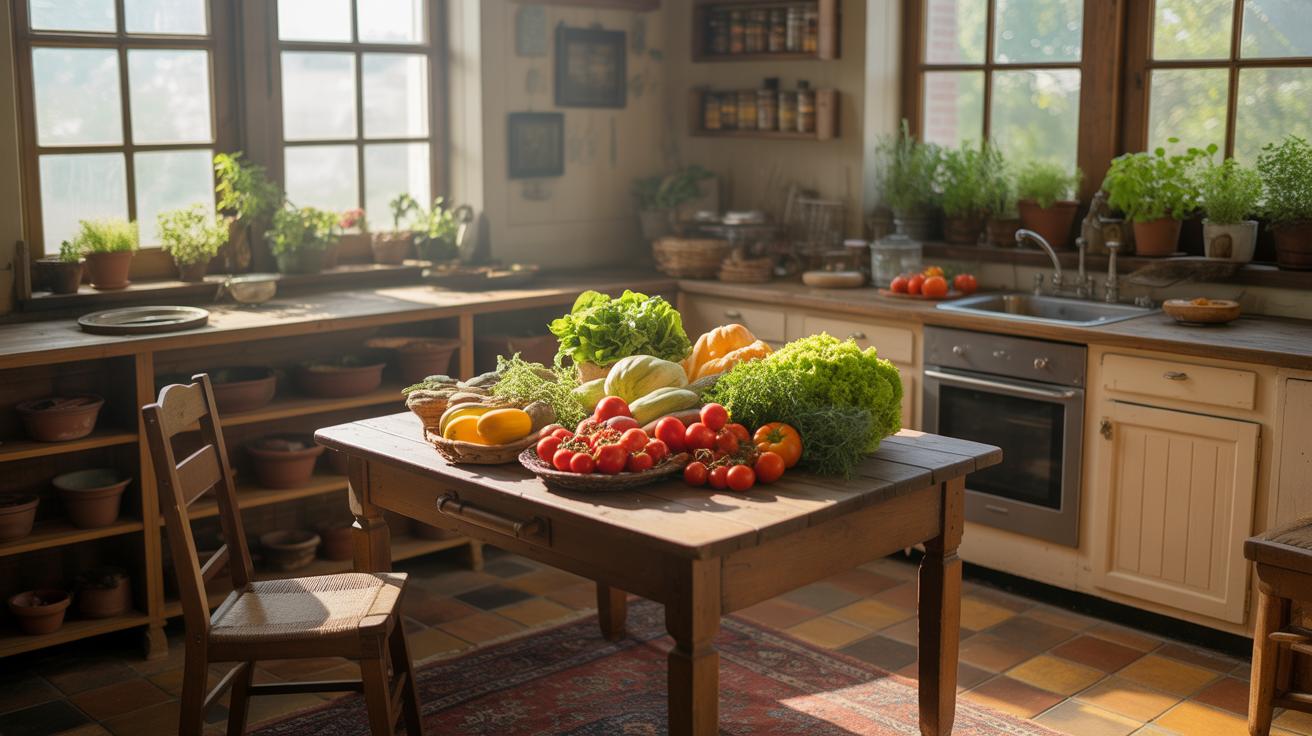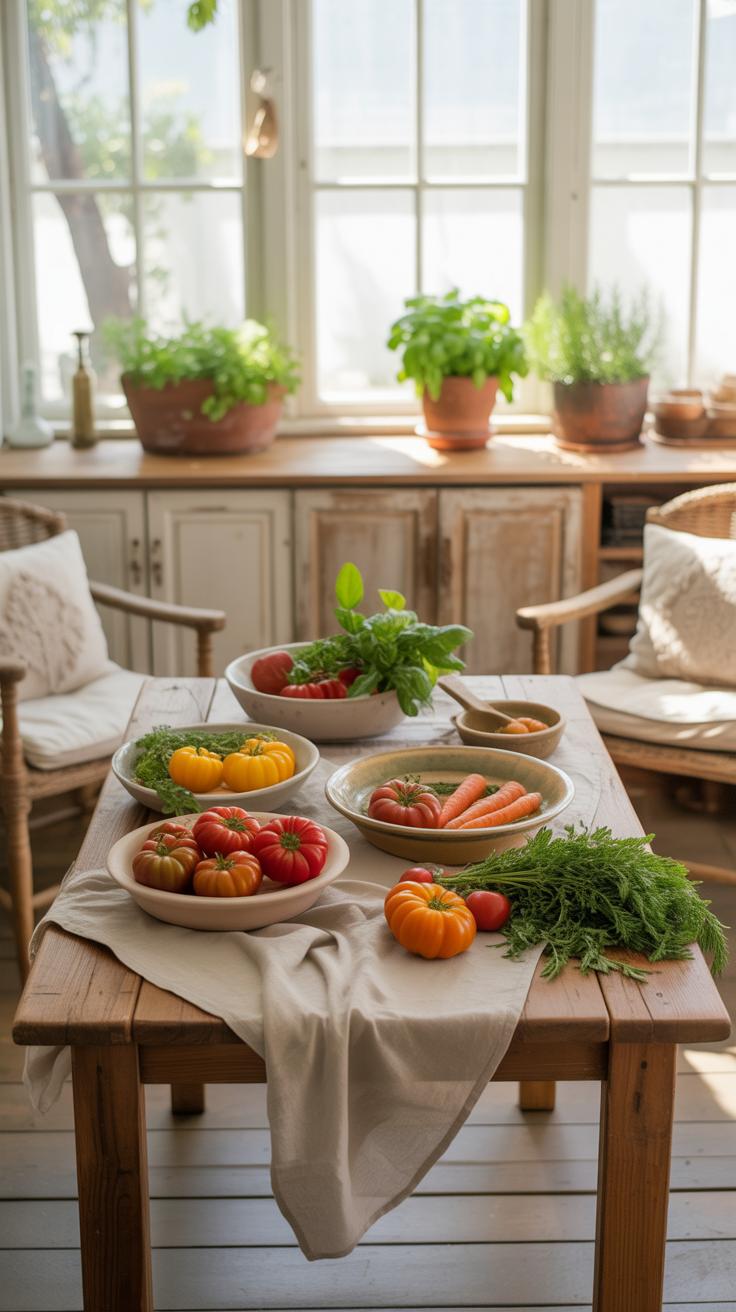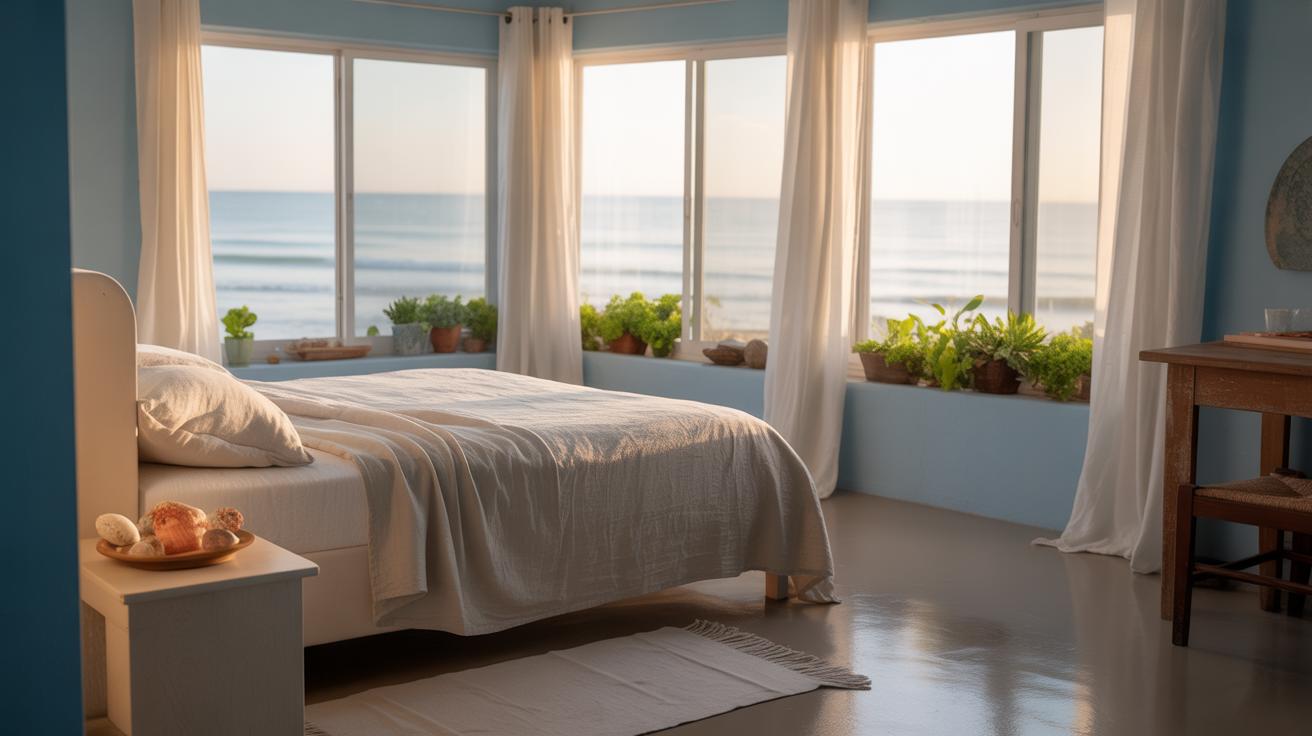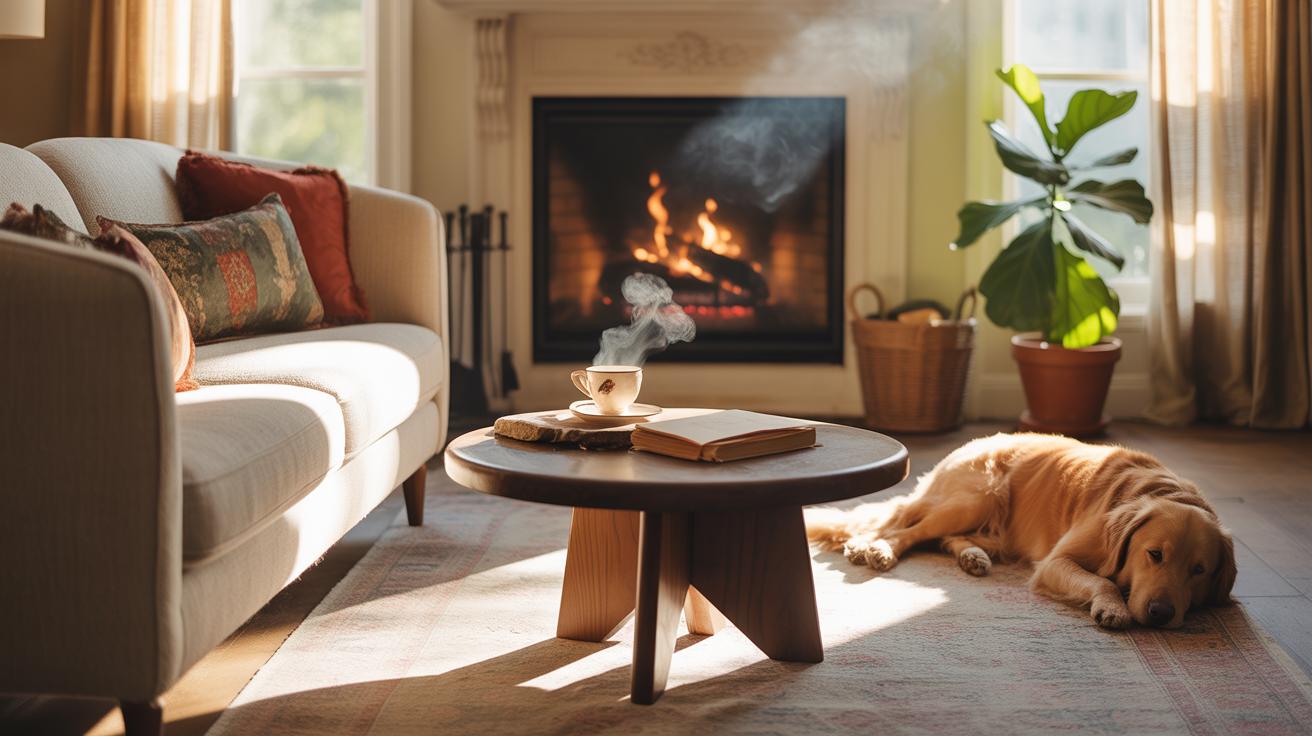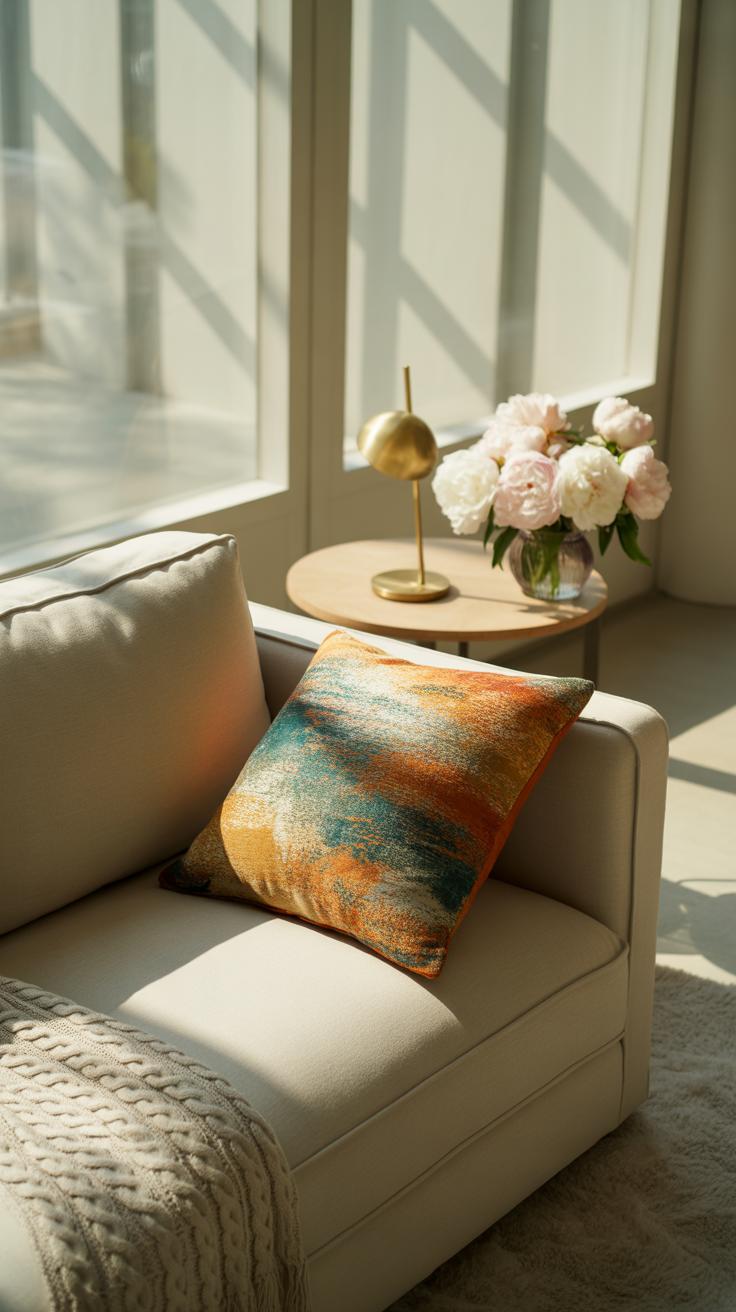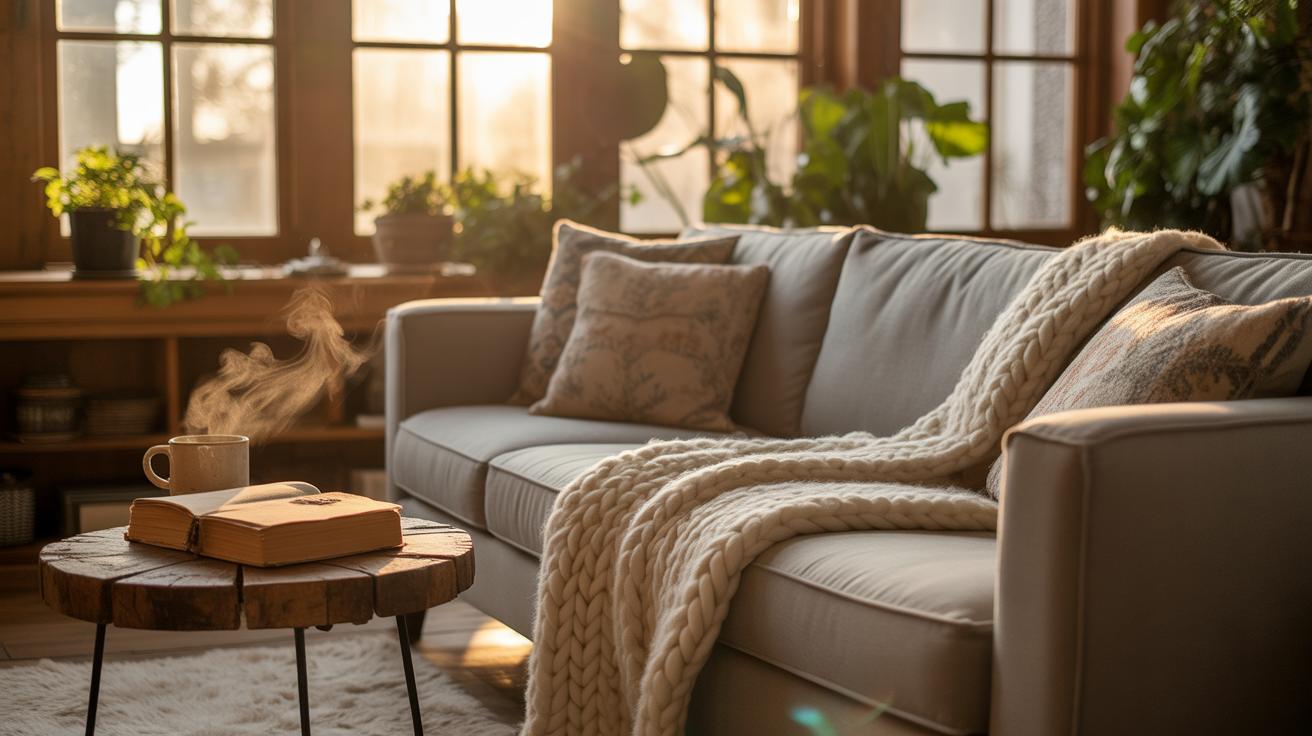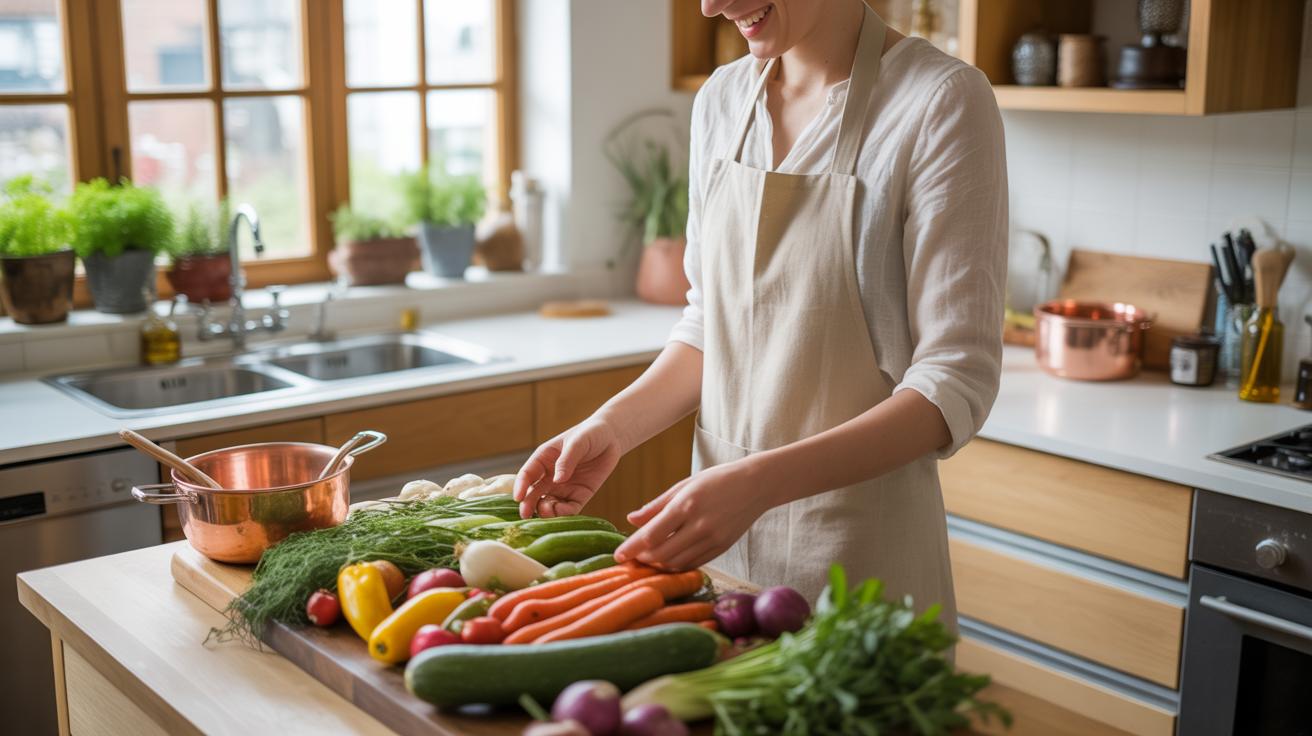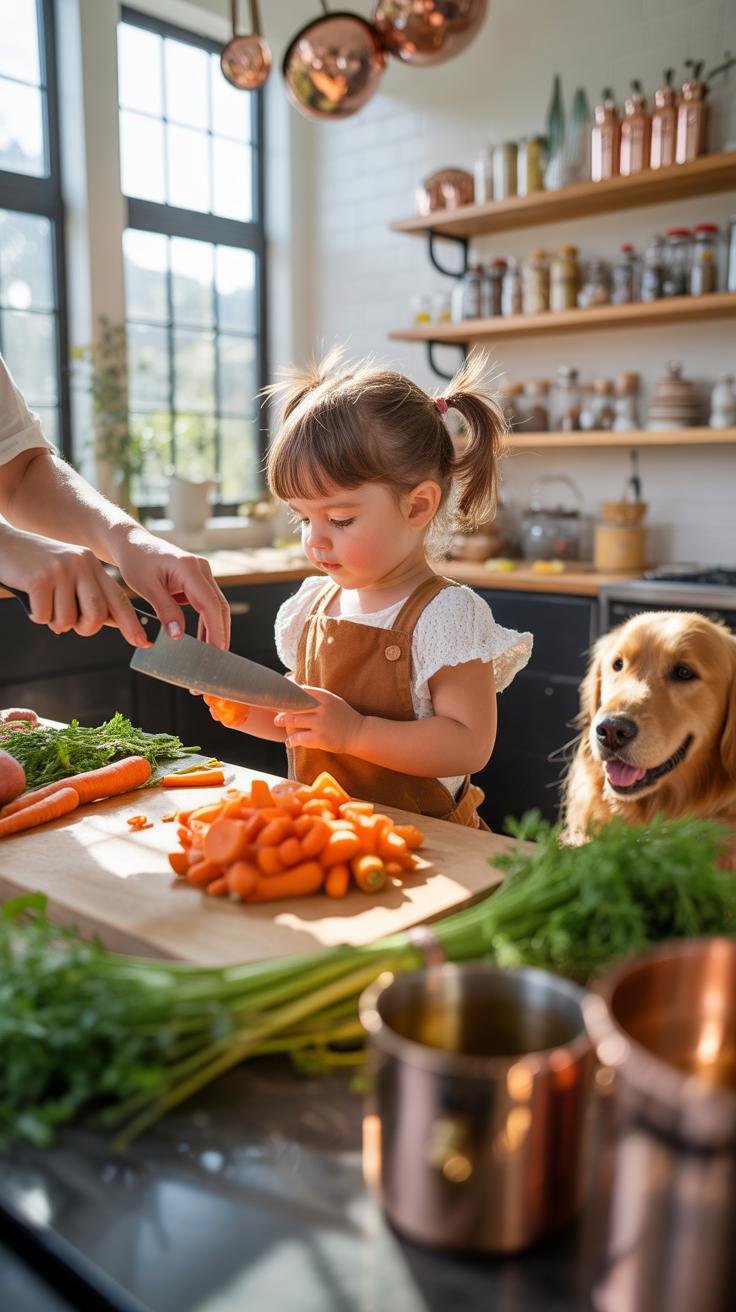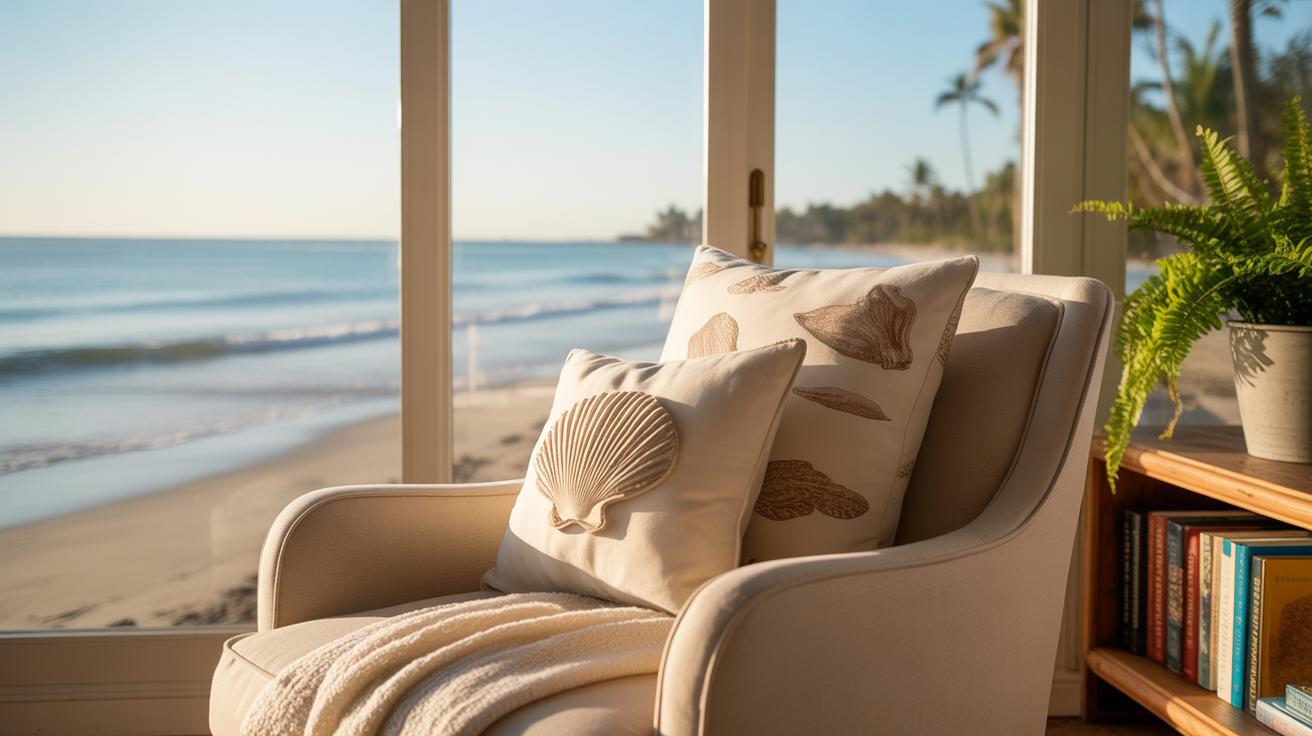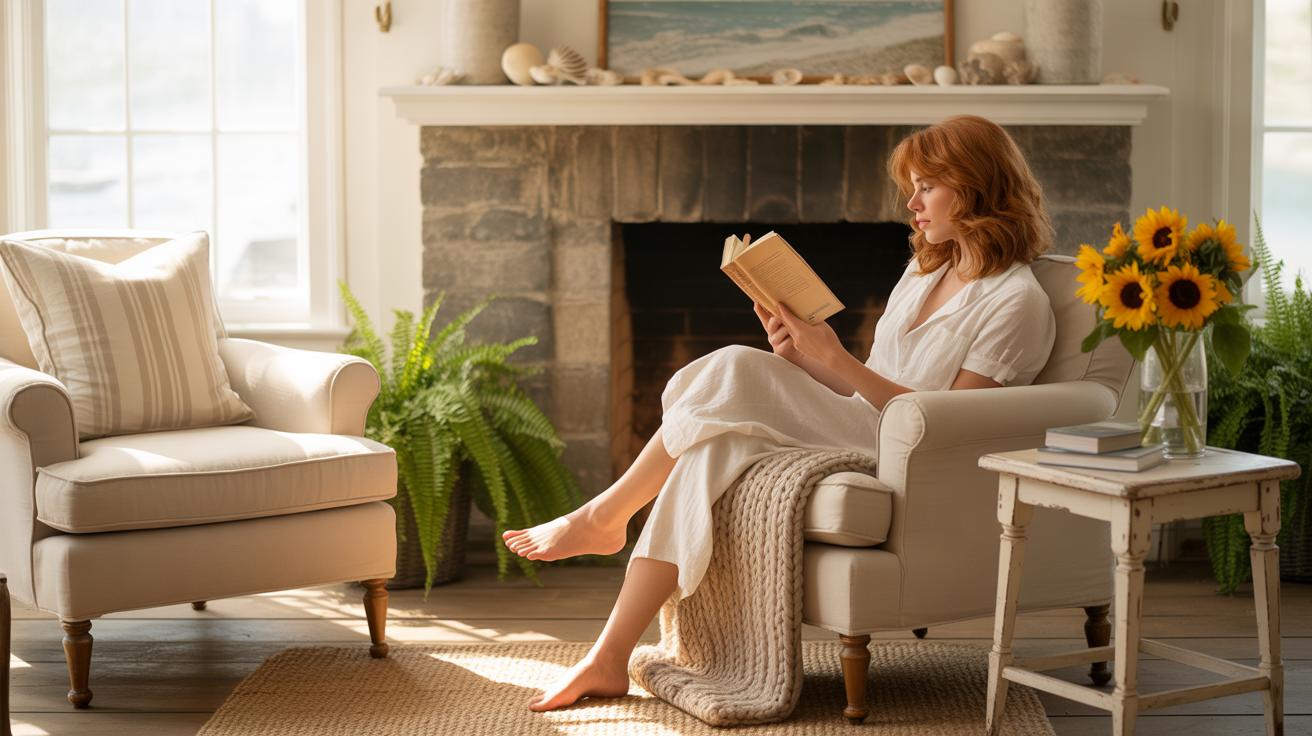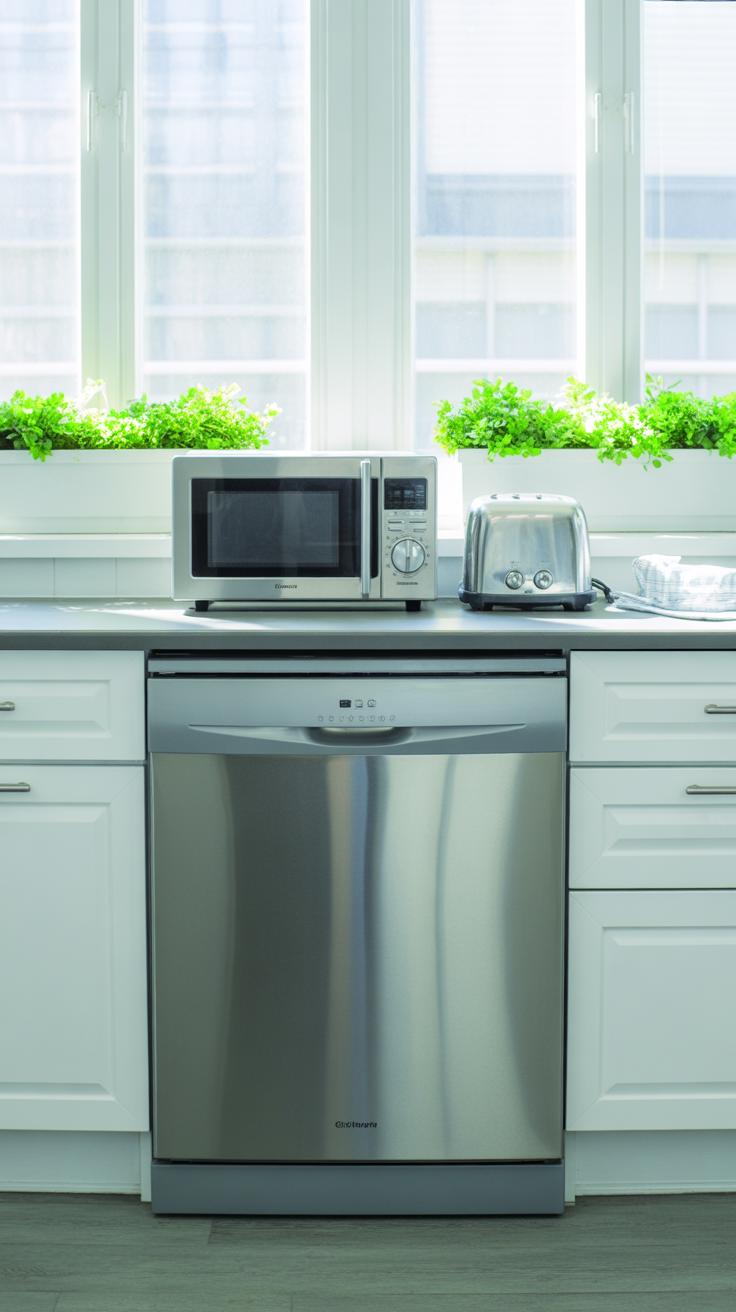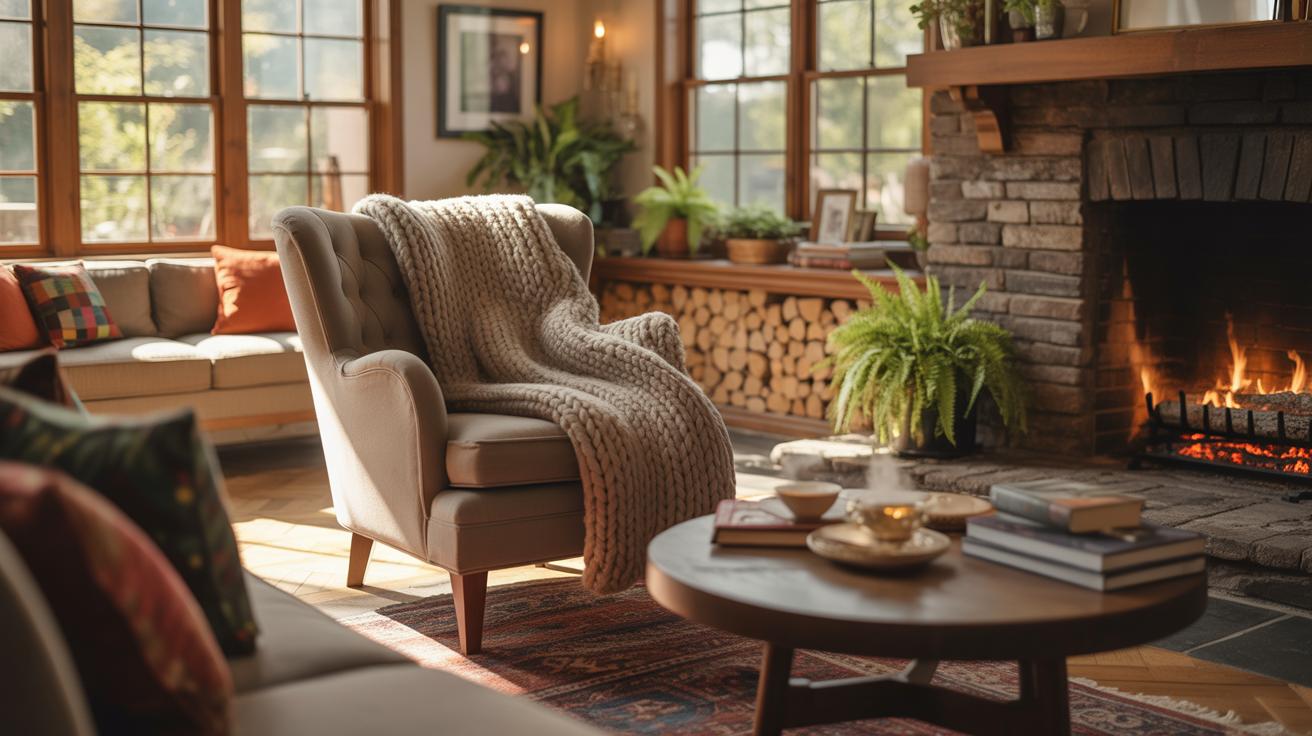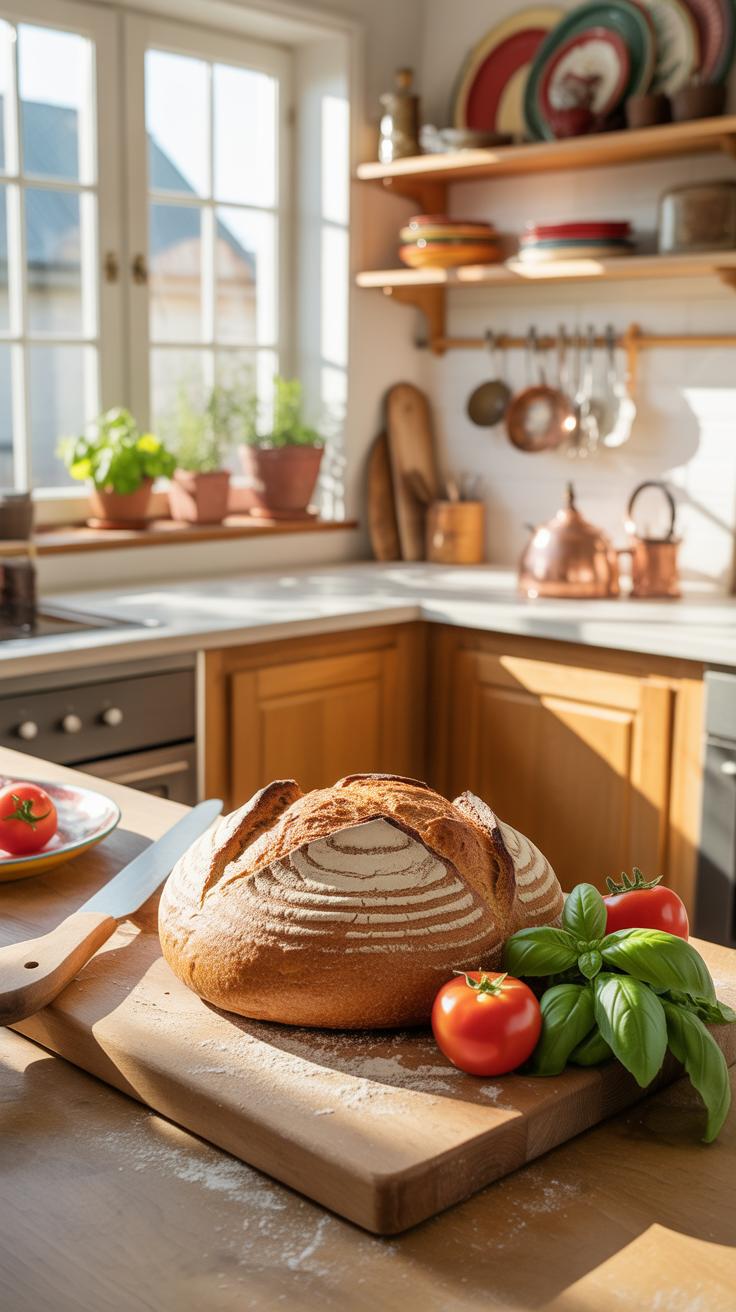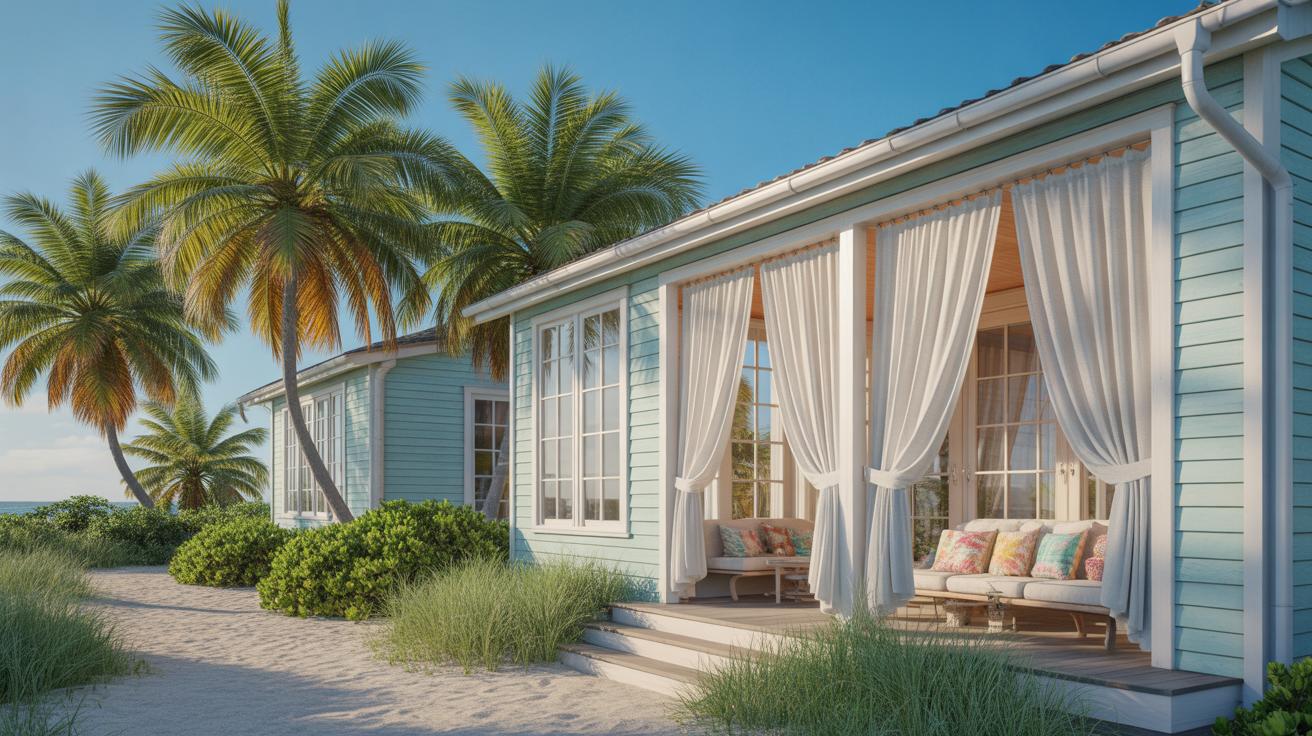Introduction
A cottage kitchen breathes warmth into the heart of your home. It’s a place where cooking turns into a comforting activity. This article explores ideas to create a kitchen that feels inviting and cozy, just like a traditional cottage kitchen.
You will learn how to pick styles, arrange your space, and decorate with charm. The chapters cover everything from color choices to storage solutions. You will find ways to make your kitchen both beautiful and practical.
Understanding Cottage Kitchen Style
The cottage kitchen style feels like a breath of fresh air, largely because it centers around simplicity and comfort. It’s not about cluttering the space with fancy gadgets or slick surfaces. Instead, it invites you to slow down and enjoy the basics of cooking and gathering.
You’ll often find it embraces natural imperfections—think worn wooden countertops or cabinets with a slightly chipped paint finish. These elements don’t detract but add a sense of history and personality. It’s cozy, yes, but not in a showy way; more like an old friend who welcomes you without fuss.
Common features include open shelving rather than heavy, closed cabinetry. This openness encourages you to keep only what you truly need and love within reach. Soft, muted tones dominate the palette, making the space feel light without losing warmth. It’s easy to picture a small vase of fresh herbs on the windowsill, or a braided rug lying comfortably underfoot, even if you don’t have those things at home.
Why pick this style? Well, it seems to encourage what many kitchens aim for but sometimes miss: connection. Family cooking turns less into a chore and more into a shared ritual. The space feels inviting enough for people to just hang around, even when dinner isn’t ready yet. This casual comfort is rare and worth considering if you want a kitchen that feels lived-in, not staged. It’s less about being perfect, more about being real—and maybe that’s the whole point.
Picking Colors and Materials
Colors That Feel Homey
Choosing colors for a cottage kitchen isn’t just about looks; it’s about creating a mood you want to live in. Warm pastel hues—think soft blush, gentle sage, or faded butter yellow—bring a quiet softness that feels inviting. Creams and off-whites also play a big role, wrapping the space in subtle warmth without ever feeling stark or cold. Then, there’s the pull of natural wood tones, which ground the palette and add a genuine sense of comfort. Sometimes mixing these colors feels tricky—does cream work with sage, or do you need something a bit more vibrant? But I’ve found that layering these shades tends to soften tough edges and lets you tweak the vibe depending on light or season.
Materials That Add Texture
Cottage kitchens invite you to touch and feel, to notice the surfaces under your fingertips. Wood naturally feels warm and alive—whether it’s a worn tabletop or cabinetry with a matte finish, it immediately invites a closer look. Stone counters or backsplashes offer a solid, tactile presence that contrasts nicely with softer materials in the room. And ceramic tiles, with their imperfect shapes or hand-painted details, add a handcrafted appeal that feels far from cold or sterile. Mixing these materials isn’t always neat; you might start with smooth wood and then throw in rough-hewn stone or glossy ceramics. The result? A layered, textured space that’s comfortable and real. Does your kitchen have that kind of tactile variety? If not, maybe it’s worth experimenting with one or two textured surfaces around your cooking area.
Lighting Choices for Warmth
Natural Light Maximization
Natural light does something special in a cottage kitchen. It makes the space feel lively but also calm, in a gentle way. When arranging windows, think beyond just size. Placement matters—windows facing east or south can bring soft morning or afternoon light without glare. You might want to avoid heavy curtains. Instead, light fabrics like sheer cotton or linen work well. They filter sunlight without blocking it, creating a warm glow throughout the day. I’ve seen kitchens where just swapping thick drapes for simple light panels changed everything—suddenly, the room breathes. Also, consider hanging plants near windows or using reflective surfaces like light-colored tiles to bounce sunlight further inside. It’s subtle but effective.
Artificial Lighting Tips
When daylight fades, you rely on artificial light to keep that cozy feeling intact. Warm-tone bulbs are key here. Think soft white, around 2700K; the kind that doesn’t feel harsh or clinical. That glow reminds you of candlelight, but without the flicker. Placing these bulbs in layered setups—that is, combining ceiling fixtures, task lights, and accent lighting—adds depth. For example:
- Overhead lights for general illumination, ideally with dimmer switches so you can adjust mood and function.
- Under-cabinet lights to spotlight your work surfaces without casting odd shadows.
- Small pendant lights over the sink or island, which add character and focused warmth.
Sometimes, a decorative lamp on a counter corner can feel oddly comforting too. It sounds a bit unusual, but it breaks up the usual zones of a kitchen, making it feel more lived-in. Think about how you move through your kitchen—where do you want light that’s easy to reach, and where should moments of soft shadow invite quiet? This approach keeps things functional but, more importantly, inviting.
Smart Storage Solutions
Keeping a cottage kitchen tidy feels like a small challenge sometimes. You want things out of sight but still easy to grab, especially when you’re in the middle of cooking. Open shelving is a classic choice here. It lets you display your favorite dishware—like those mismatched plates you picked up at a flea market or the vintage teacups that don’t really fit anywhere else. Plus, it breaks up the wall space and adds a little personality. But be mindful—too many items on open shelves can start to feel cluttered, which kind of defeats the point.
On the other hand, hidden storage can save the day, especially in smaller kitchens. Think about concealed cabinets that tuck away all the less pretty kitchen tools and gadgets. There’s also multi-use furniture—like a kitchen island with drawers, or a bench with storage under the seat. These pieces serve double duty and really help if your kitchen isn’t exactly spacious. Sometimes, furniture that hides storage feels more intentional in the space than just a random drawer or cabinet.
Have you ever thought about what you reach for most when cooking? Keeping those items not just accessible but neatly stored makes the whole cooking experience more pleasant. You might experiment with open shelves for your everyday things and hidden spaces for everything else. It’s a bit of a balancing act, but when it works, the space feels both cozy and organized—just right for a cottage kitchen atmosphere.
Furniture for Comfort and Style
When it comes to cottage kitchens, the furniture often sets the tone—balancing practicality with that welcoming, lived-in feel. You’ll find that pieces don’t need to be fancy, but they should offer comfort without sacrificing charm. It’s about creating spots where you can settle in, maybe for a quick breakfast or a long chat while dinner simmers.
Choosing Cozy Seating
Seating should invite you to linger. Think wooden chairs or benches softened with cushions or fabric upholstery. These add warmth, both visually and physically. Slipcovers in calming shades or soft patterns can make a simple chair feel more inviting. And if you’re unsure about permanent fabric, cushions are an easy way to experiment without commitment.
Consider the shape and height of chairs too—some with slightly rounded backs offer better support, encouraging comfort during longer meals or casual conversations. Don’t forget that mixing seating types—like pairing a bench with a few individual chairs—adds visual interest and flexibility.
Tables and Work Surfaces
Rustic wooden tables often anchor cottage kitchens. Their marks, dents, or uneven grains add character, making the space feel authentic and cozy. You might hesitate about durability, but many woods hold up well to daily tasks if finished properly. A large farmhouse table invites family and friends to gather, but smaller, sturdy tables can work for tighter spots.
For counters, durability is key. Wood works well, especially with a protective finish, but stone or butcher-block surfaces also fit nicely with cottage style. They provide a practical, easy-to-clean workspace for cooking, while still feeling homey. What’s tricky is balancing surface space with ease of maintenance—sometimes you have to choose one over the other.
Ultimately, your furniture choices should reflect how you live in your kitchen. Are meals quick and on-the-go, or do you host long, slow dinners? That might shift your priorities, but whatever you pick, comfort mixed with a touch of rustic charm rarely feels out of place here.
Decorating with Cottage Charm
Cottage kitchens thrive on a sense of warmth and familiarity, and the way you decorate plays a huge part in that feeling. Textiles can soften what might otherwise feel like a hard or utilitarian space. Think about layering fabrics—curtains that gather gently at the window rather than hanging stiffly, rugs with subtle patterns that cushion your steps while adding visual softness, or table linens that introduce small bursts of color and texture. These elements don’t have to be perfectly matching or brand new; sometimes the frayed edges or faded prints add character and make the kitchen feel genuinely lived in.
Then there’s the personal layer—what makes a space really yours? Displaying family photos is a simple way to draw warmth into the heart of your kitchen. It might feel strange at first to mix snapshots with your cookware, but that blend invites conversation and comfort. Handcrafted items—maybe a ceramic pitcher from a local artist or a quilted potholder sewn by a relative—bring a uniqueness that mass-produced décor rarely captures. Antique pieces too, like a weathered bread box or a vintage scale, hold stories that reach beyond mere decoration. These touches make the kitchen feel less like a showroom, and more like home.
Kitchen Layouts That Work
When it comes to cottage kitchens, space often feels tight but that doesn’t mean the layout has to be cramped or awkward. Small to medium kitchens can work well if arranged thoughtfully. It’s about finding a flow that lets you move between tasks without bumping into things—or yourself, which happens more than you’d expect.
One option that usually fits cottage styles is the classic galley layout. You have two parallel counters with a clear walkway between. It keeps everything close, making meal prep and cleanup less of a hassle. Alternatively, an L-shaped layout opens up a bit more room and might even give a corner for a small eating nook or extra storage. T-shaped or U-shaped kitchens can feel like too much unless your space really allows for it.
Efficient Work Triangles
The stove, sink, and refrigerator form the core of your kitchen. Think about how you move between them. Ideally, they should create a triangle that feels natural and short. Mine ends up more of a squiggle sometimes, but the idea holds—don’t put your fridge five steps away from the stove if you can help it. If you do, maybe add a little prep space nearby to break up the trek.
In cozy kitchens, keeping these three spots close but not crowded is the sweet spot. Picture grabbing ingredients from the fridge, rinsing them in the sink, then cooking—all without zigzagging or backtracking. It’s tempting to squeeze in more cabinets or counters, but guarding this triangle saves you headaches while cooking.
Incorporating Multi-use Areas
Small kitchens can’t afford single-purpose zones. Combination setups become lifesavers. For example, a sturdy butcher block can double as prep space and informal dining when paired with stools. Or a kitchen island with built-in shelves offers food prep, storage, and a place to sit for a quick snack.
Sometimes, the table you eat at pulls double duty as a workspace or even a spot to store bulky cookware underneath. I guess it’s about making your kitchen work harder so you don’t have to. Don’t overlook vertical space for hanging pots or open shelves—they can keep essentials within reach while freeing up counters.
Have you tried mixing these uses before? It often feels awkward at first but ends up saving space and keeping things cozy. It might not be perfect, but it gets the job done in a kitchen that doesn’t have a lot of wiggle room.
Appliance Choices for Small Spaces
When picking appliances for a cottage kitchen, space is usually tight. You want to avoid crowding your cozy nook with bulky gadgets, yet still expect good performance. It can be tricky because smaller doesn’t always mean less capable—some compact appliances pack quite a punch.
Think about a narrow dishwasher or a slim fridge designed specifically for small kitchens. These things often fit under counters or tuck into corners without ruining the flow. Maybe a two-burner stove instead of four? It’s less conventional but suits the space and still lets you cook well. Sometimes simpler can actually spark creativity.
Then there’s the look. Appliances don’t have to stick out like sore thumbs. Models with softer edges, muted colors, or even panel-ready fronts that you can cover with the same wood or paint as your cabinets help blend everything into the cottage charm. You might hesitate to hide appliances, but in a small kitchen, it can make the whole room feel less cluttered and more inviting.
What if you could hide a microwave inside a cabinet, or place your toaster away in a niche when not in use? Finding clever storage spots for appliances that aren’t used all the time keeps surfaces clear and gives your space room to breathe. It’s a balance—enough gear to cook well but not so much that your kitchen feels cramped.
In the end, choosing appliances is as much about how they fit your lifestyle as the space. Sometimes the smallest ovens or fridges surprise you with what they can do, fitting perfectly within the warm and unhurried pace of a cottage kitchen.
Maintaining Your Cottage Kitchen
Daily Cleaning Habits
Keeping a cottage kitchen cozy is closely tied to daily care. Small, repeated tasks can make a big difference without feeling like a chore. For example, wiping down counters right after cooking stops grease or spills from becoming stubborn stains later. It’s a simple habit, yet skipping it even once can change how the kitchen feels.
Another routine is to clear the sink before going to bed. A pile of dishes invites clutter and stress, while an empty sink lets the space breathe. Sweeping crumbs off the floor daily also preserves that warm, inviting vibe. You might underestimate how those little pieces add up and make the kitchen feel less fresh.
Try to store items immediately after use—not piling up mugs or utensils on the countertop. And if you have a habit of opening jars or cans and leaving them out, maybe rethink that. The cottage kitchen thrives when it’s tidy but lived-in, so finding the balance matters more than fussing over perfection.
Seasonal Refresh Ideas
Every few months, changing small details can keep your kitchen feeling fresh without a full makeover. Swapping out dish towels or curtains for new patterns or colors is an easy refresh. Perhaps you’ll find you prefer softer shades in winter and brighter ones come spring.
Rearranging open shelves or the spice rack also shakes things up. Moving decorative items or even switching where everyday plates sit can alter the room’s rhythm. It’s almost like giving the kitchen a subtle new story.
If clutter tends to sneak in over time, use seasonal moments to reassess storage. Clearing out expired pantry items or donating unused gadgets creates space for what really matters. Every now and then, these small shifts remind you why you love spending time in your cottage kitchen, keeping it functional and cozy all year round.
Conclusions
Your cottage kitchen can be a joyful place where you cook and gather. By choosing soft colors, vintage touches, and careful layouts, you create a cozy space. Thoughtful storage keeps clutter away, making your kitchen more pleasant to use every day.
Remember, the goal is to blend charm and function. Use the ideas shared here to shape a kitchen that feels just right for you. A cottage kitchen is more than style; it’s about creating warmth that invites friends and family to share meals and moments.

